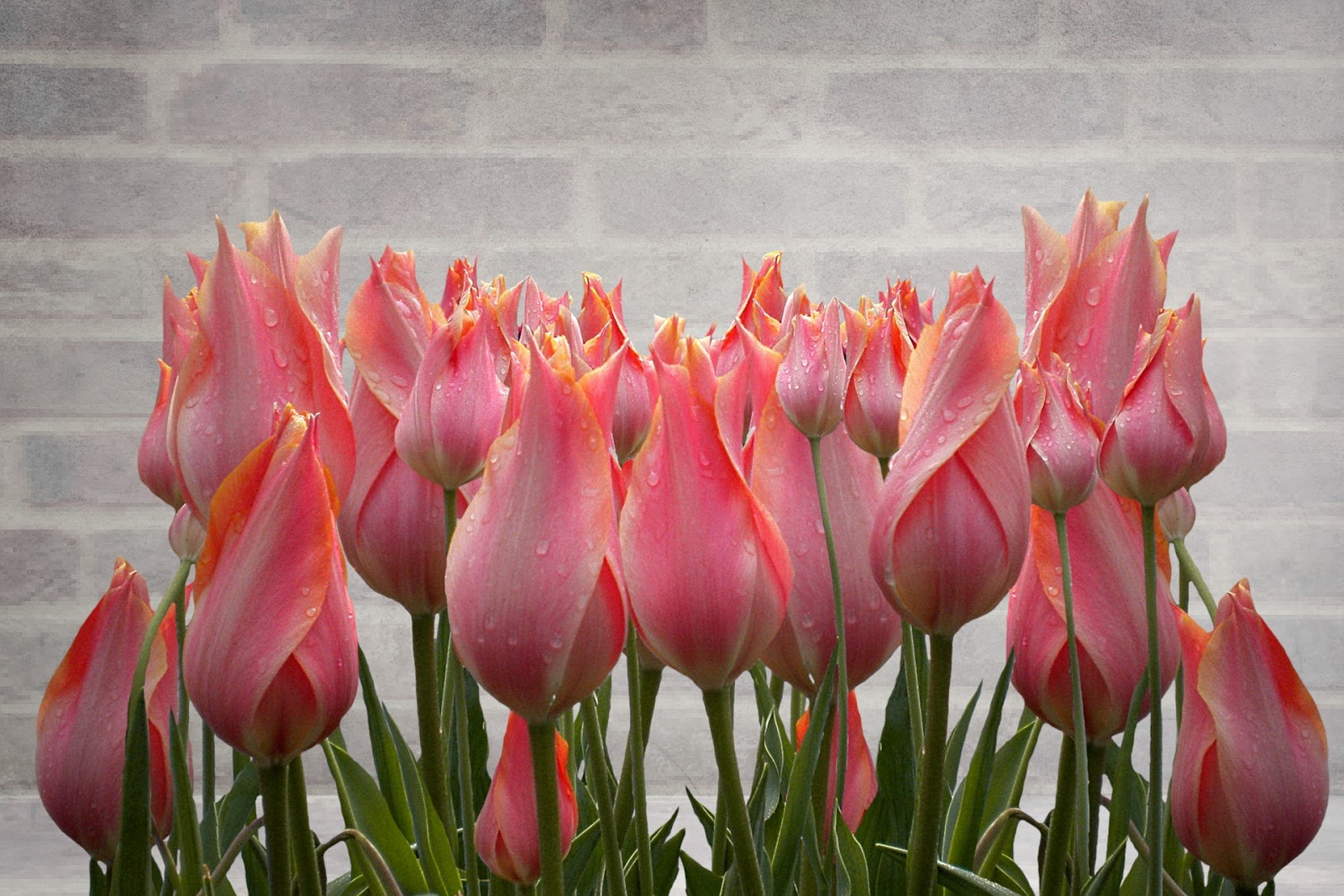Whether it’s a beautifully manicured lawn, flowers that rival a florist, or a vegetable garden that contributes to a healthy meal, opting to go the green route is as beneficial to you and your family as it is the planet. Eco-friendly gardening is defined as using sustainable practices such as conserving water, reducing energy use and working with recyclable materials in an effort to protect the Earth’s natural resources. It’s important to note that just because you’re changing your gardening practices doesn’t mean your space will be any less beautiful yet as an added bonus, it’s relatively easy to maintain.
Once you execute all the groundwork, your garden will practically take care of itself. Ahead, four tips to help you achieve a beautiful yard that’s as green as your thumb.
- Conserve Water
Approximately 40 percent of household water is used outdoors, a rather high percentage that could possibly flourish considering surveys indicate that home gardening is on the rise. One of the reasons is that more people want to grow their own food. There are many tactics you can use to conserve water that include not cutting your grass too short (this stimulates growth) and lightly fertilizing your lawn to reduce watering needs by 30 percent.
Those who live in a drought-prone area have to be extra mindful of conserving water — though any part of the U.S. can experience a dry spell, so it’s important to be prepared in the warmer months no matter where you live. Additional precautionary measures such as mulching, collecting rainwater and using grey water from the shower or washing machine (void of harsh cleansers or chemicals, of course) are both easy and effective. Of course, reducing the amount of vegetation that requires a lot of water is also a smart idea. Xeriscaping is a specific form of landscaping that involves replacing grass with vegetation and/or flowers that requires less water such as succulents, deergrass, lupines, blue oat and purple needle grasses, beach suncups, California evening primrose and blue flax.
- Attract Pollinators
Pollinators (bees, hummingbirds, butterflies) are responsible for the reproductive success of over 75 percent of the world’s flowering plants, so they’re just as important as ample sunlight, good soil, and appropriate watering. Encourage pollinators by using pesticide-free food sources, clean water, shelter (such as a mason bee nest or bug house) and a variety of flowering plants — native ones work best. Keep things low-maintenance by planting a wildflower garden over a portion of your lawn.
- Add Solar Lights
Replace traditional lighting with solar fixtures that will recharge during the day while keeping your landscaping illuminated at night. There are many tasteful options that you can choose from to ensure you’re retaining the beauty of your yard and garden.
- Plant Strategically
Some of the most beautiful eco-friendly gardens encompass a variety of fruits and vegetables, but to ensure the plants are thriving in the environment in which you live, companion planting (like a buddy system for plants) can be extremely effective. For example, tall plants that love the sun can provide ample shade to shorter plants that need protection from the sun. The scent of garlic can repel the bugs that are attracted to roses, so it’s a good match — not to mention, it blooms purple and white flowers in the spring so it’s aesthetically pleasing, too.
An eco-friendly garden helps support the needs of wildlife, gives you access to organic food, and reduces the use of pollutants from less-talked about light pollution to phosphorus-rich fertilizer. Make sure you have the proper tools and equipment — and don’t neglect little things like garden gloves to protect your hands. When you’re done, you’ll feel even better about enjoying the fruits of your labor knowing you’re doing something good for the planet.
Photo Credit: Pixabay

